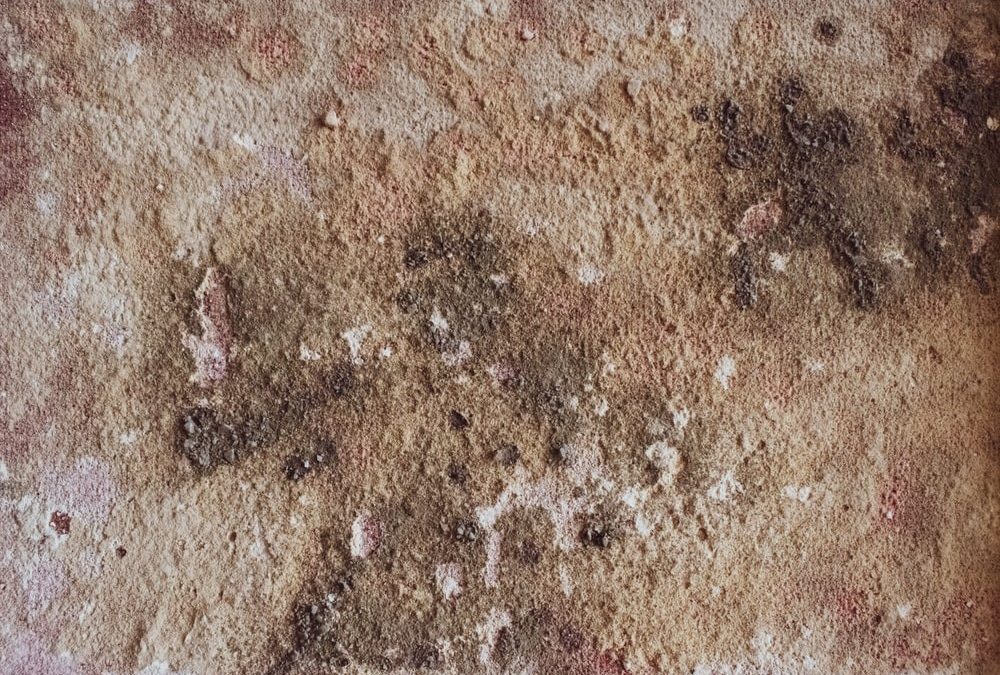White mold refers to many different types of mold that can grow in your home and ruin your property and furniture; some types even pose health risks.
Here’s everything you need to know about white mold, including why you need to get rid of it.
What Is White Mold—A Deeper Look
White mold is a name given to any mold that appears white, and does not refer to a specific type of mold. Many different species of mold appear to be white. The most common types of white mold that are found in homes include Cladosporium, Aspergillus, and Penicillium.
These molds generally appear gray, and sometimes even green or black, and thrive in areas where wood, moisture, or other sources of food are present.

How It Is Different From Mildew And Efflorescence
It’s common for people to confuse white mold and mildew, because both appear somewhat similar. The major difference, however, is that mildew generally grows on plants and doesn’t ruin property or other materials, while mold can easily penetrate soft surfaces like woods and walls, ruining them.
White mold is also commonly mistaken to be efflorescence—a salt deposit occurs due to salty water seeping through surfaces like concrete or stone. As the water evaporates, a crystal-like white substance is left behind, which looks like mold. Unlike mold, this substance isn’t dangerous and does not pose any health risks.
To tell whether a substance is mold of efflorescence, pour some water over it. If it dissolves, it’s not mold and can easily be cleaned without health risks.
How Dangerous Is It—Health Risks
Almost all types of mold can cause health issues on prolonged exposure, and any traces should be removed as soon as possible. Symptoms of mold exposure include eye irritation, nausea, allergic reactions, and dizziness.
If you’ve recently found mold in different places in your house in Portland, ME, don’t hesitate to call our team. We specialize in mold remediation and water damage restoration, among other services. If you have any queries or questions, feel free to contact us here.

